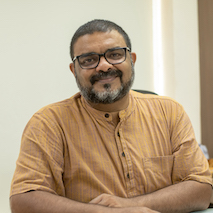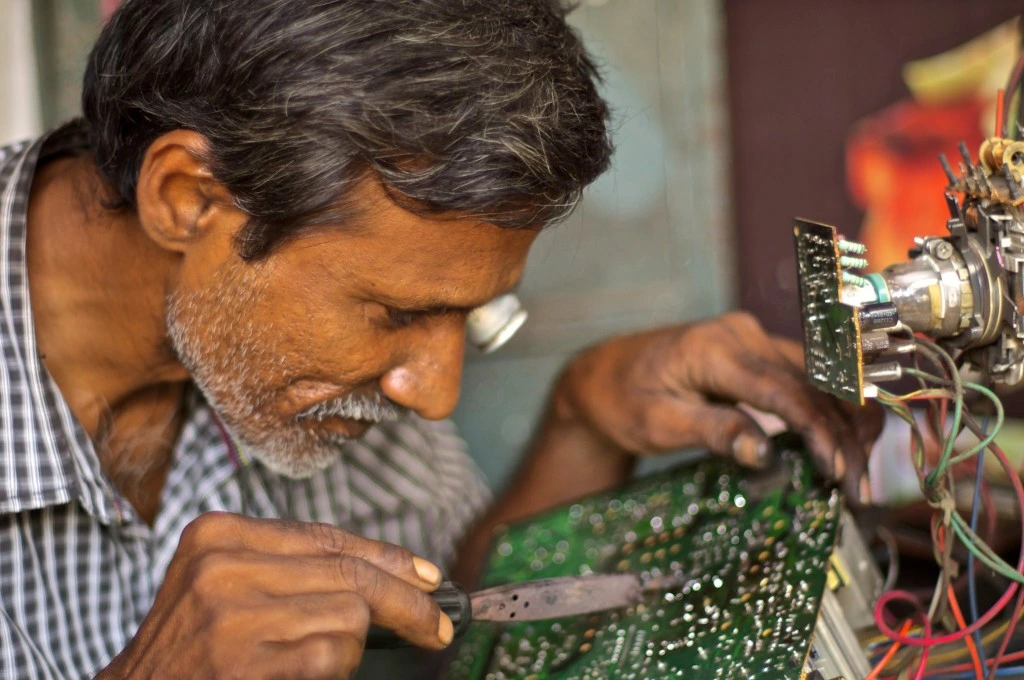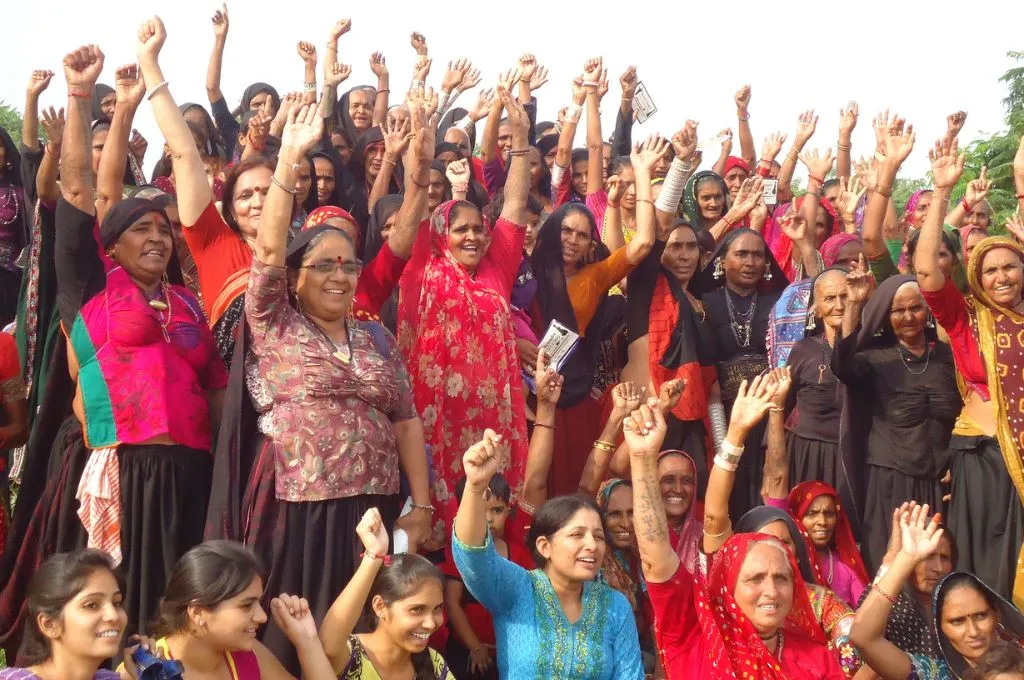On 3rd May 2019, Tropical Cyclone Fani hit the Odisha coast affecting the lives of over 15 million people. Of these, the largest number of people were affected by failure of basic services—electricity, telephone connectivity, and to a limited extent, road connectivity. People initially feared there being a shortage of essential commodities, or an inordinate rise in their prices, but that did not happen. The basic services are expected to be restored for at least three-fourths of the affected population within a month or less. Life will be back to normal for them.
For about a quarter of the affected population, the aftermath of the Cyclone will have a much longer effect. There are the people living in the slums of Bhubaneswar and Cuttack cities and the economically less endowed people in many villages of Puri district and some in Khurda district, who will have to fight a long battle to restore what they have lost. ‘Build Back Better’ is a favourite punch-line for those in the disaster response sector, but there are many fault lines emerging that will make this a tough proposition.
Related article: The government as a partner: Making it work
The trajectory of disaster responses in Odisha
Cyclone Fani is the fifth major natural disaster to affect Odisha in the last five decades, with the 1971 Super Cyclone; the 1999 Super Cyclone; Cyclone Phailin in 2013; and Cyclone Titli in 2018 being the previous four. Of these, Cyclone Titli is not counted by most as a major disaster, given the very localised incidence of its impact. However, it needs to be retained as an important one to understand the impact of climate change and how such events, hitherto limited to ‘coastal’ areas, are now affecting and leading to disastrous effects on people living in hilly areas. There is so far no preparedness on this score.
‘Build Back Better’ is a favourite punch-line for those in the disaster response sector, but there are many fault lines emerging that will make this a tough proposition.
The non-government sector, or civil society, has played a very important role in the disaster preparedness and response activities in Odisha. Be it the Cyclone of 1971 or the 1999 one, the largest contributions in relief, rehabilitation, and reconstruction were from the civil society sector, with aid from several international relief and development organisations. Government played facilitating roles, but in terms of real investments—financial or technical—it lagged way behind. The corporate sector was completely absent in these efforts, save some small humanitarian contributions.
Over the years there has been a perceptible change in terms of disaster-preparedness, and the government is deservedly lauded for its role in undertaking effective cyclone monitoring and early warning mechanisms, evacuation of people from targeted areas to secure cyclone shelters, thereby minimising loss of life. The government machinery also pulls together various departments to put basic public infrastructure in place—water supply, electricity, roads, education, and health systems. It reflects a well-honed techno-managerial approach.
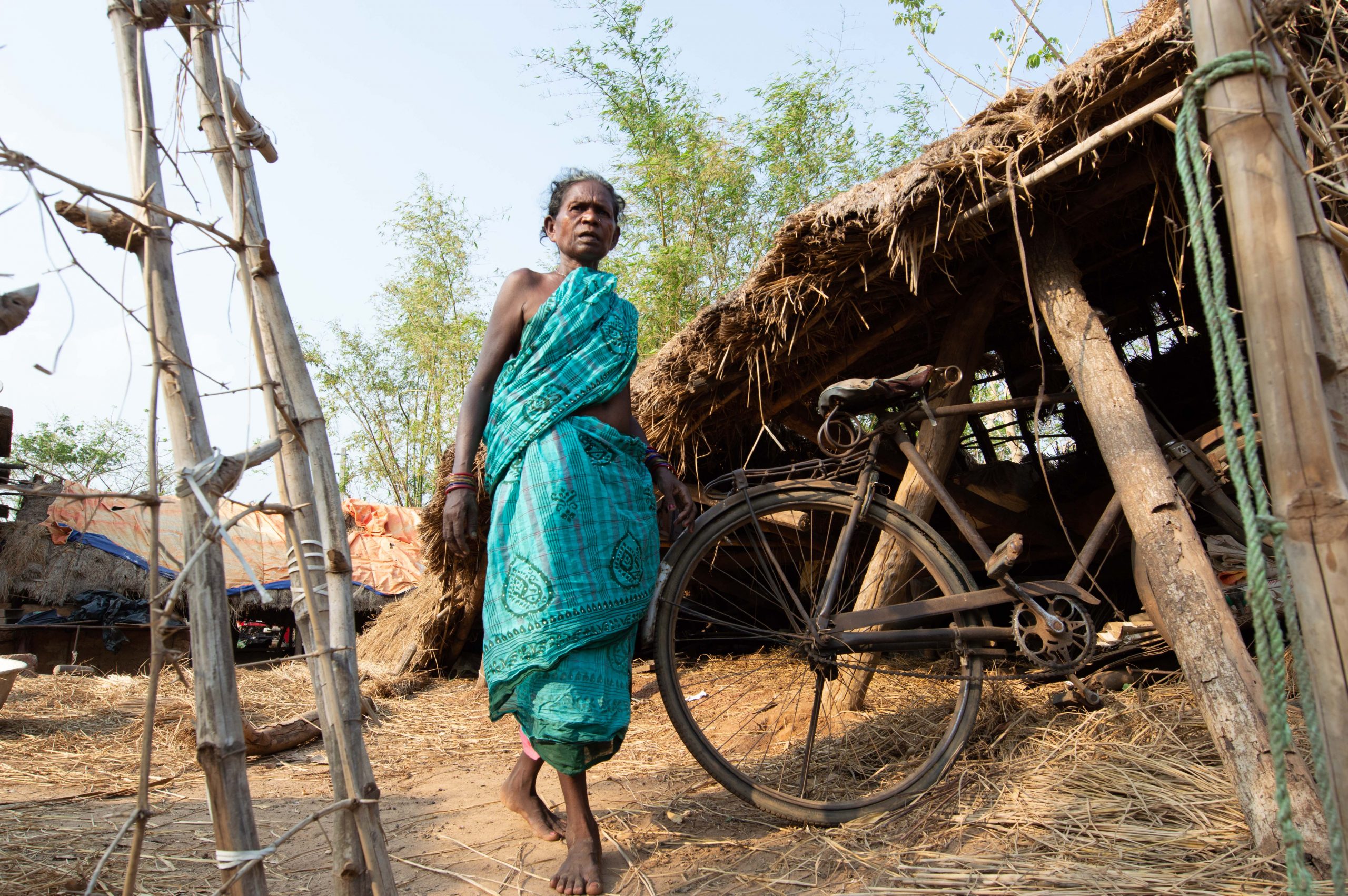
A woman walking through Sundarpur Mundasahi, Andharua GP, a village damaged by Cyclone Fani. | Picture courtesy: Gram Vikas
The limits of techno-managerial approaches in post-disaster rehabilitation
The change in dynamics of government—non-government relations over the past two decades has had implications in the post-disaster response, and re-construction and rehabilitation efforts in Odisha. After the 2013 Cyclone Phailin, the Government of Odisha was at the forefront of rehabilitation and reconstruction. The World Bank-funded Odisha Disaster Recovery Project was almost entirely a government affair, save some limited involvement of non-governmental organisations in social mobilisation of communities identified for rehabilitation. This has been a very long drawn process, that is not yet complete.
Rebuilding after disasters such as the cyclones, especially for poorer communities who suffer loss of property and livelihoods, however, requires a different approach—both social and technical. For one, there is need for an enabling mobilisation approach to select beneficiaries. In such disasters almost everyone in a community is affected, albeit in varying magnitudes. How does one select a few households for a particular benefit, a task quite difficult to achieve in regular development projects, leave alone when combined with the trauma caused by the disaster.
There are cases where priorities of planners and those of the affected people will be in clear conflict.
There are cases where priorities of planners and those of the affected people will be in clear conflict. For example, in the case of marine fisher-communities, the choice of living nearer to the coast is driven by their primary livelihood activity. Safety concerns will dictate that they be moved more inland, and houses built where it is less likely to be affected by cyclones in the future. Moving away from the seashore will not be accepted by the people, as it would immediately hamper their daily lives.
Related article: Social enterprise is eroding civil society
Unfortunately, in the government sector, post-disaster rehabilitation or reconstruction work becomes part of the routine, relying on templatised solutions, not taking people’s needs into account or enabling processes for capacity building. The results achieved often do not contribute to enhancing the disaster resilience of the people and communities.
In the government sector, post-disaster rehabilitation becomes part of the routine, relying on templatised solutions, not taking people’s needs into account.
It is widely accepted that any reconstruction and rehabilitation effort, after such natural disasters, should result in a quality of life better than what existed prior to the event; and that these results should be available within a reasonable period of time. Non-government organisations, both large national agencies, and smaller local agencies, have repeatedly demonstrated the ability to do this.
South Indian Federation of Fishermen Societies (SIFFS) is a cooperative federation of marine artisanal fisher people in the southern peninsula of India. After the Indian Ocean Tsunami of 2004, SIFFS undertook reconstruction of habitat in two thickly populated villages in Nagapattinam district of Tamil Nadu. The SIFFS approach to reconstruction was based on the specific requirements of building safe houses for marine fisher people, and drew lessons from the experiences of nonprofit organisations undertaking owner-driven house reconstruction in Bhuj, after the Gujarat Earthquake 2000. More than a decade after they were rebuilt, the villages of Tarangambadi and Chinnagudi continue to thrive as human settlements, while many other new settlements in the region remain uninhabited, due to lack of ownership of the ‘beneficiaries’.
There will always be certain inefficiencies that are part of non-government processes; but when balanced with the much higher effectiveness of the results, these inefficiencies cost little.
Unfortunately, the mistaking of scale for efficiency—the basic argument with which government has taken away the development space away from nonprofits—often results in less effective results.
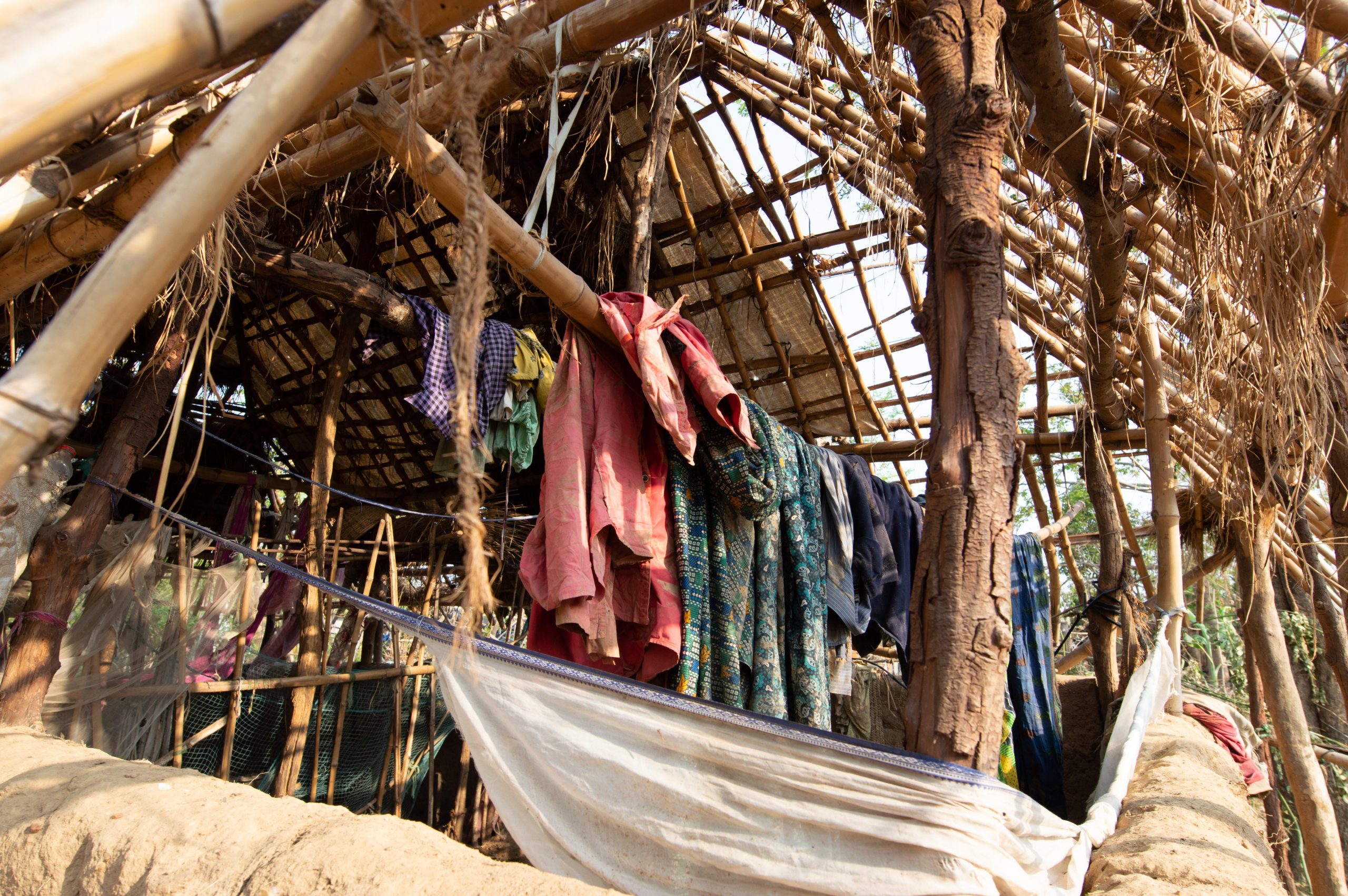
Damage caused by Cyclone Fani in Godibari, Chandaka GP, a village in the outskirts of Bhubaneswar, where most of the families belong to Scheduled Tribes. | Picture courtesy: Gram Vikas
Government of Odisha has declared that it will build back more resilient infrastructure, to withstand future events such as Cyclone Fani. This is commendable, but it is quite clear that the key trigger for this intent is the widespread damage that happened in Bhubaneswar City to electricity supply and mobile telephony infrastructure.
This resilient infrastructure means little for the two sections referred to earlier—people living in urban slums and the less endowed in the rural areas—whose losses are far more immediate and real. They have lost shelter, crops, animals, livelihoods assets such as shops, stocks and equipment, restoring or rebuilding which requires much more humane and socially responsible approaches.
Kerala and Odisha: Locating government response in different contexts
The Government’s grandstanding in terms of raising resources and the incentives provided under CSR rules provided for contributions made to the State Relief Fund, virtually crowds out any non-government effort at rehabilitation and reconstruction. Most likely, the response after the 2018 Kerala floods is being seen as the blueprint for this grandstanding.
Odisha’s development challenges are not the same as that of Kerala, both in terms of ground reality and the resources at the disposal of the state. The non-government sector has not had much development role historically in Kerala, given the stronger local governance structures. The nature of poverty and marginalisation in Odisha—in terms of magnitude, depth, and extent—is also very different from Kerala. It made sense for Government of Kerala to draw large resources for reconstruction after the 2018 Floods. Odisha following in the same lines will not produce similar results. Government of Odisha should urgently reach out for more collaborative efforts between the Government and the non-government sector.


